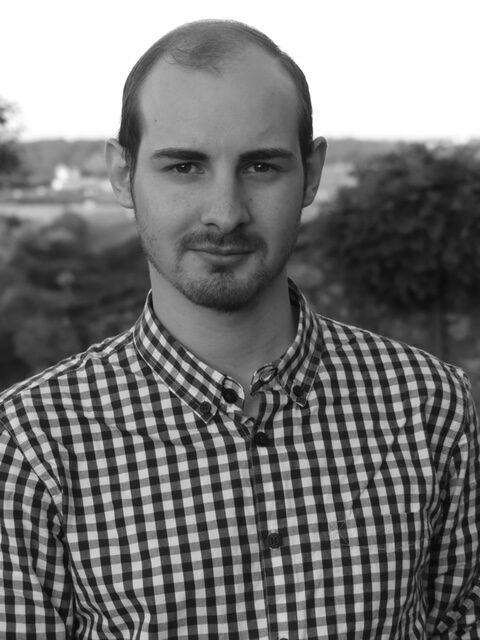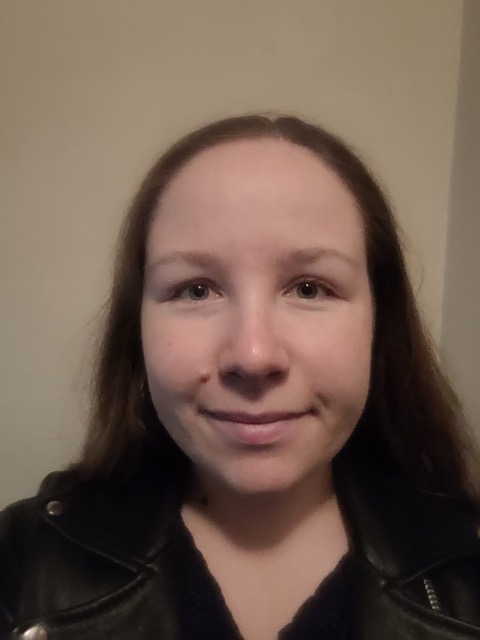Summary :
The current global climate of major ecological crisis leads us to question the impact of our human activities on ecosystems (Intergovernmental Panel on Climate Change IPCC, 2018 ; United Nations, 2019). Occupational therapists work with users so that they can carry out their occupations independently and safely, considering their life habits and their environment. They are therefore required to consider the sustainability of individuals’ lifestyles (consumption of local and seasonal products, implementation of waste sorting, etc.). The are also actors in the adaptation of the environment to the person, they are thus essential interlocutors of the recommendations of technical aids.
In 2019, the members of the network for sustainable development in occupational therapy (R2DE) questioned the sustainability of professional practices, particularly regarding technical aids : What materials are used to make technical aids? What future is given to technical aids that are damaged, not needed, not used? At this time, in 2019, the structures involved in the second hand of technical aids were not well identified by occupational therapists.
A project to create a directory listing structures doing the circular economy of technical aids was thus conducted from July 2020 to April 2021 by 2 occupational therapists then students in occupational therapy. This tool aims to be a support both for professionals in their interventions and for users. In order to design it, an online questionnaire among the members of the R2DE was conducted to identify the structures of circular economy of technical aids and literature on the subject was read. At the beginning of the project, in July 2020, 26 structures were identified in France. Finally, 10 appear in the directory. The directory takes the form of two documents: an interactive map accessible online to quickly obtain the contact details of the structures and a PDF document containing all the information on the structures identified. This tool is freely available on the R2DE website. To improve our professional practices by making them more sustainable through the integration of second-hand technical aids, laws and application decrees are now necessary to make things evolve.
Cet article est payant !
Je suis abonné, je m’identifie ci-dessous.
Je ne suis pas abonné, j’achète ici
Article rédigé par :
-

Manon Voisin
Ergothérapeute, Msc.
Recherche en réadaptation
Centre de réhabilitation post-traumatique & Centre des pensionnaires
Institution nationale des Invalides (Paris)
Membre du R2DE
manon.voisin@invalides.fr
-

Corry Forcier
Ergothérapeute DE
Centre hospitalier Alphonse-Guérin
Ploërmel
-

Hélène La Tour
Ergothérapeute DE
Cabinet Ergo Rive gauche
Paris

